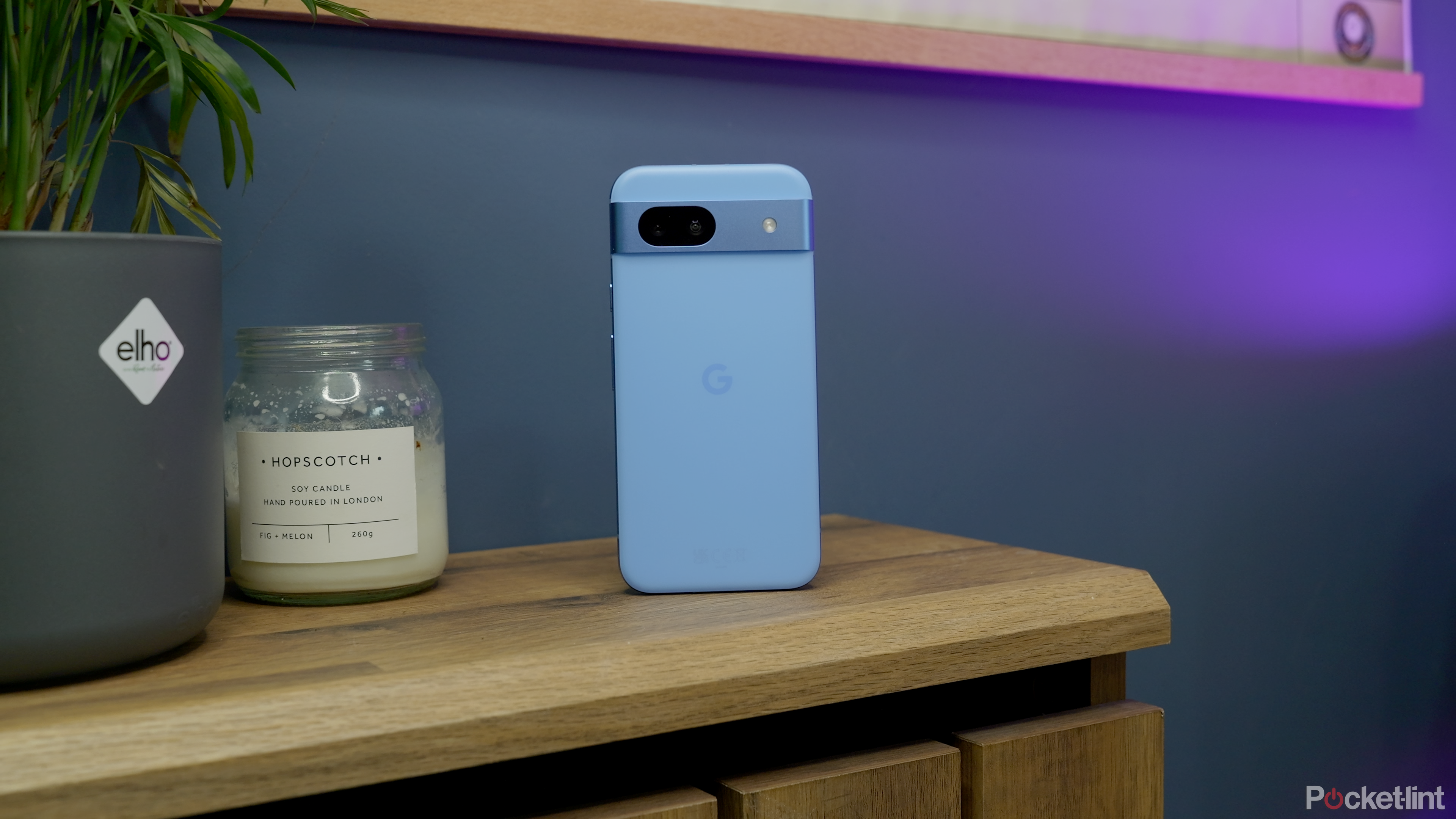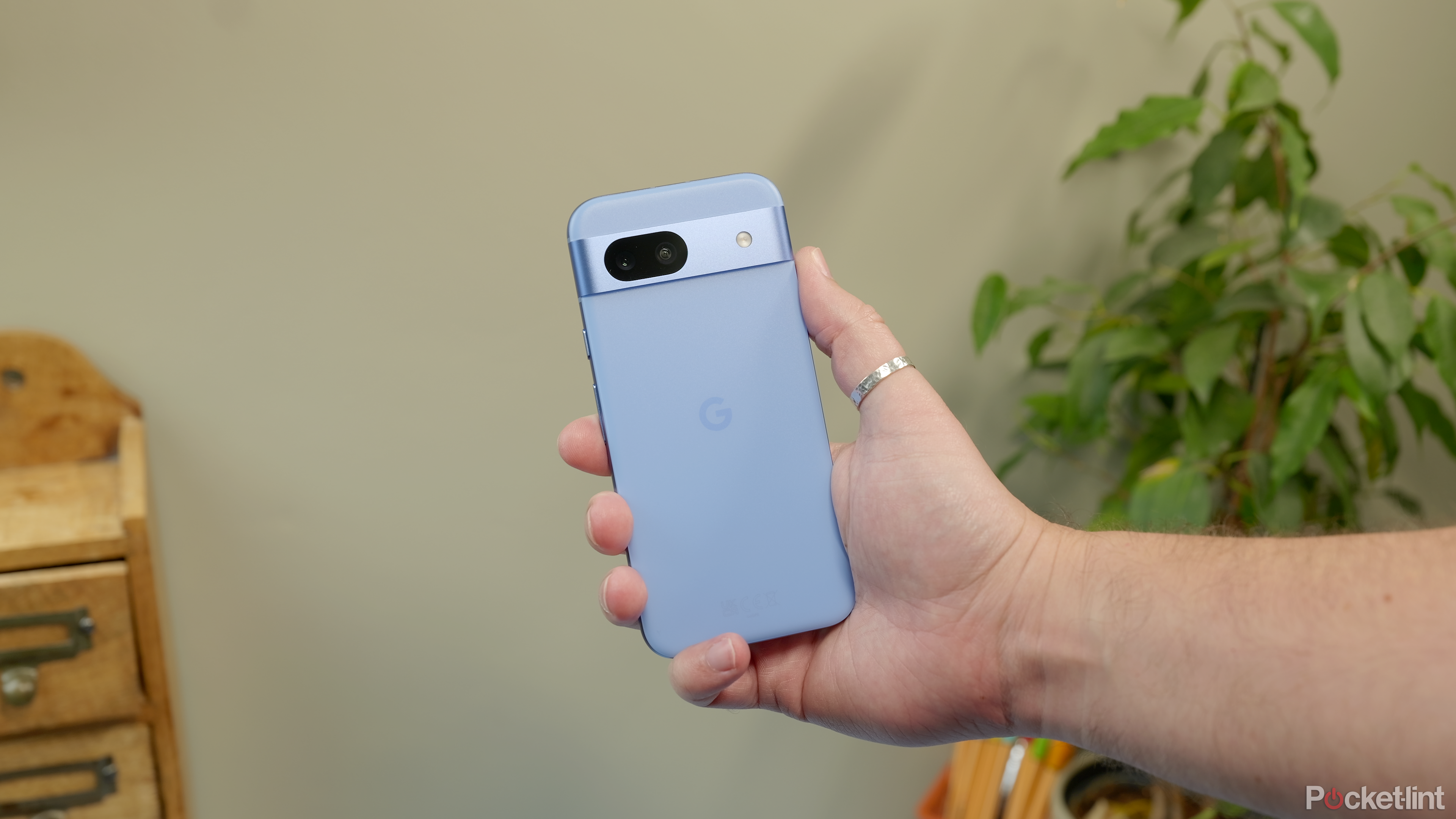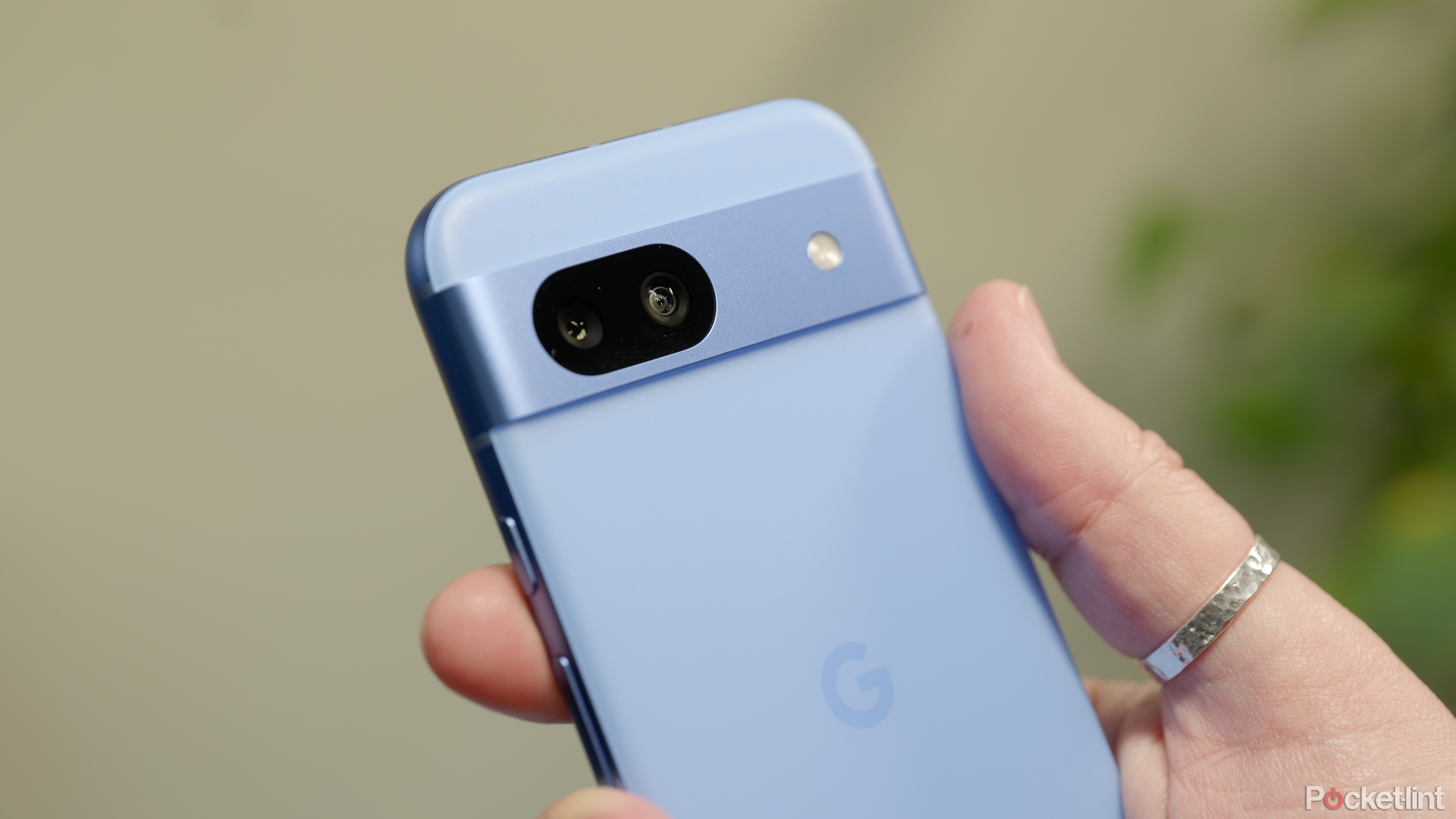The Pixel 8a is a bit of a conundrum. It’s not the most powerful mid-range phone, it doesn’t have the best display in this price range, doesn’t have the best camera hardware, doesn’t have the best battery life and isn’t even super affordable.
You could look across phones at similar prices from Nothing, Poco, Redmi, Motorola, OnePlus and Samsung — and find areas where it’s easily outperformed. And yet, it’s one of my favourite mid-range phones ever launched.
… this is my current top mid-range choice.
6:26
My top 13 Google Pixel must-try features
From Call Screen to Video Boost, there are several features that set the Google Pixel apart from the competition.
Maybe there’s charm in its imperfections, or maybe it’s just that it satisfies some instant tactile demands that make using it a joy. Whatever it is, in this review, I’m going to tell you why I think this is my current top mid-range choice, or at least, try to.
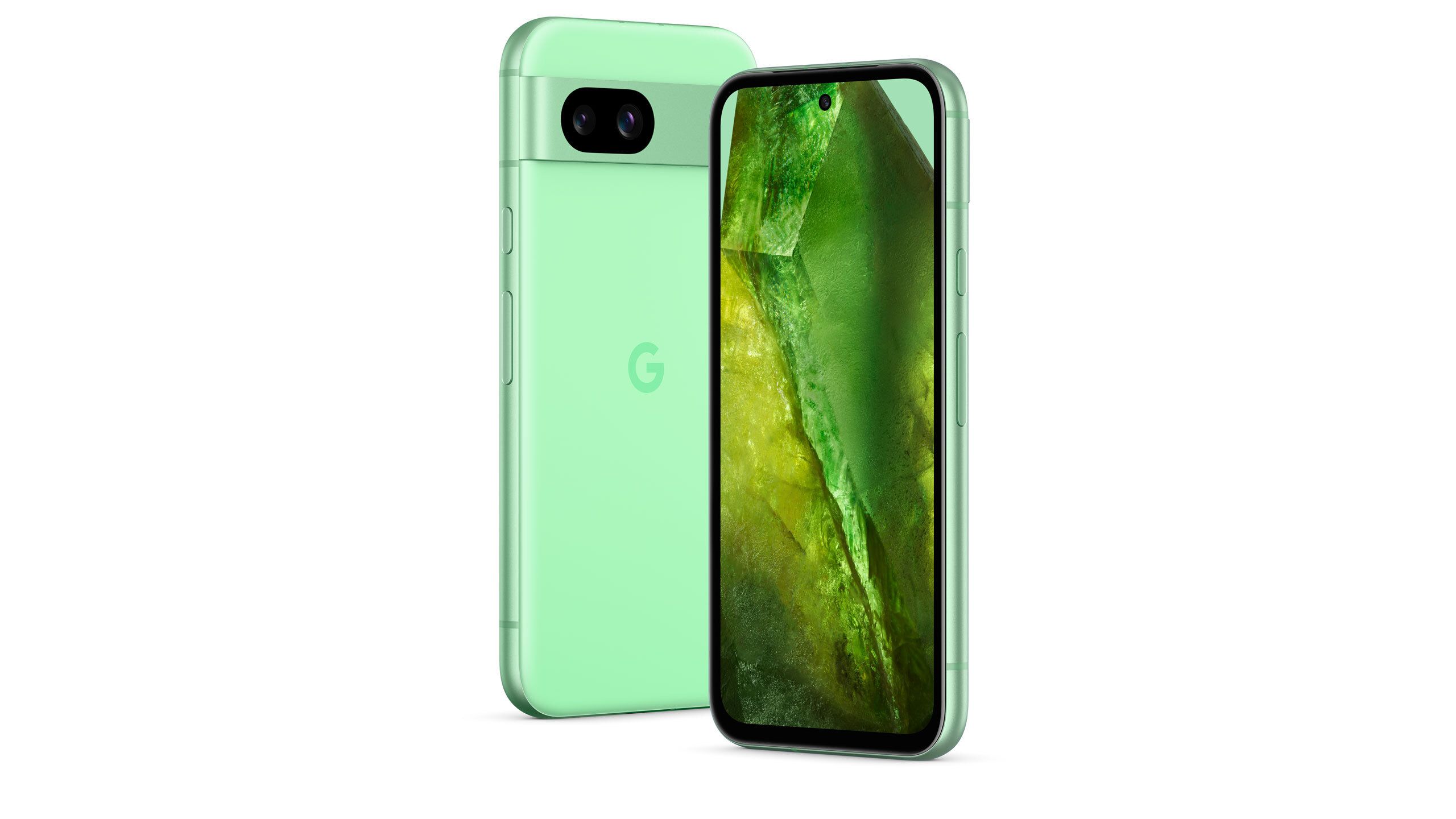

Google Pixel 8a
Recommended
A combination of a great design and build, long-term software support, useful software features and a strong, reliable camera, make it a great option for anyone not looking to spend more than $500 on a phone.
- Display
- 1080×2400 OLED at 430 PPI, up to 120Hz, 1400 nits (HDR), 2000 nits (peak brightness)
- RAM
- 8GB
- Storage
- 28GB, 256GB
- Battery
- 24+ hour, up to 72-hour with extreme battery saver
- Ports
- USB Type-C® 3.2
- Operating System
- Android 14, 7 years of OS support
- Front camera
- 13 MP
- Rear camera
- 64 MP Quad PD wide camera
- Connectivity
- Wi-Fi 6E, Bluetooth® v5.3, NFC, Google Cast
- Dimensions
- 6 x 2.9 x 0.4 inches
- Colors
- Aloe, Bay, Porcelain, Obsidian
- Display type
- 6.1-inch Actua display
- Weight
- 6.6 oz
- Price
- 499
- GPU
- Google Tensor G3
- Wide-Angle Camera
- 13 MP ultrawide camera
- Cover display
- Corning® Gorilla® Glass™ 3 cover glass
- Great tactile, sturdy feel in hand
- Software and experience feels close to flagship
- Simple point-and-shoot camera, great night-mode
- Precise touchscreen key response
- 7+ years of software upgrades
- Chunky side bezels and frame
- Higher price than mid-range competitors
- Display could be better at angles and certain lighting
- Battery is average
Price, availability, and specs
The Google Pixel 8a was first announced on May 7, and began shipments on May 14. It started at a reasonably high mid-range price of $499 and is available from Google, Amazon, Best Buy and major phone carriers.
Google Pixel 8a
- Display
- 1080×2400 OLED at 430 PPI, up to 120Hz, 1400 nits (HDR), 2000 nits (peak brightness)
- RAM
- 8GB
- Storage
- 28GB, 256GB
- Battery
- 24+ hour, up to 72-hour with extreme battery saver
- Ports
- USB Type-C® 3.2
- Operating System
- Android 14, 7 years of OS support
- Front camera
- 13 MP
- Rear camera
- 64 MP Quad PD wide camera
- Connectivity
- Wi-Fi 6E, Bluetooth® v5.3, NFC, Google Cast
- Dimensions
- 6 x 2.9 x 0.4 inches
- Colors
- Aloe, Bay, Porcelain, Obsidian
- Display type
- 6.1-inch Actua display
- Weight
- 6.6 oz
- Price
- 499
- GPU
- Google Tensor G3
- Wide-Angle Camera
- 13 MP ultrawide camera
- Cover display
- Corning® Gorilla® Glass™ 3 cover glass
Design, materials, and size
A winning design from Google
Design, build and texture — or how it feels in hand — can’t be overlooked. Especially when you compare it to similarly-priced phones. Most of those are pretty uninspired when it comes to those elements. A lot of them these days are pretty plain, flat, thin, hollow and a little fragile feeling at this price. The Pixel 8a — isn’t.
I actually prefer holding this phone to almost any other device on the market, including the more expensive models.
And the thing that surprised me most was that I actually prefer holding this phone to almost any other device on the market, including the more expensive models.
Part of that is the shaping. Because it has some really generous curves around the edges on the back, and around the corners. That softens the shape, and that’s only enhanced by the soft material choices. That matte, frosted plastic on the back feels excellent. It’s no longer the shiny, slippery or oily feeling of the Pixel 7a. It’s great, genuinely.
Now, there are some areas that need improving within the design. The most obvious being that chunky bezel on the front, adding quite a thick frame and a chin around the display. There’s still this irksome feeling that Google needs to improve quality control around the building of the phones.
Running my finger around the edges, where the plastic meets the metal frame, there’s a noticeable lip or seam. You can’t really feel it when you’re just holding the phone, but once you know it’s there, it’s impossible not to know.
Still, there’s a rigidity and solid feeling to the chunky metal mid-frame, and the camera bar across the back gives you that instantly recognizable ‘Pixel’ aesthetic. It’s a strong, attractive, purposeful look, and one that stands out in a market that’s generally filled by bland rectangles with no distinguishing features.
Of course, Nothing, the Carl Pei company is the obvious exception to that statement. It’s Nothing Phone is unique looking, and, take note Google, the Nothing Phone 2a display has a skinny, uniform bezel all the way around the display. There’s no chin. And that’s a phone that costs much less than this one.
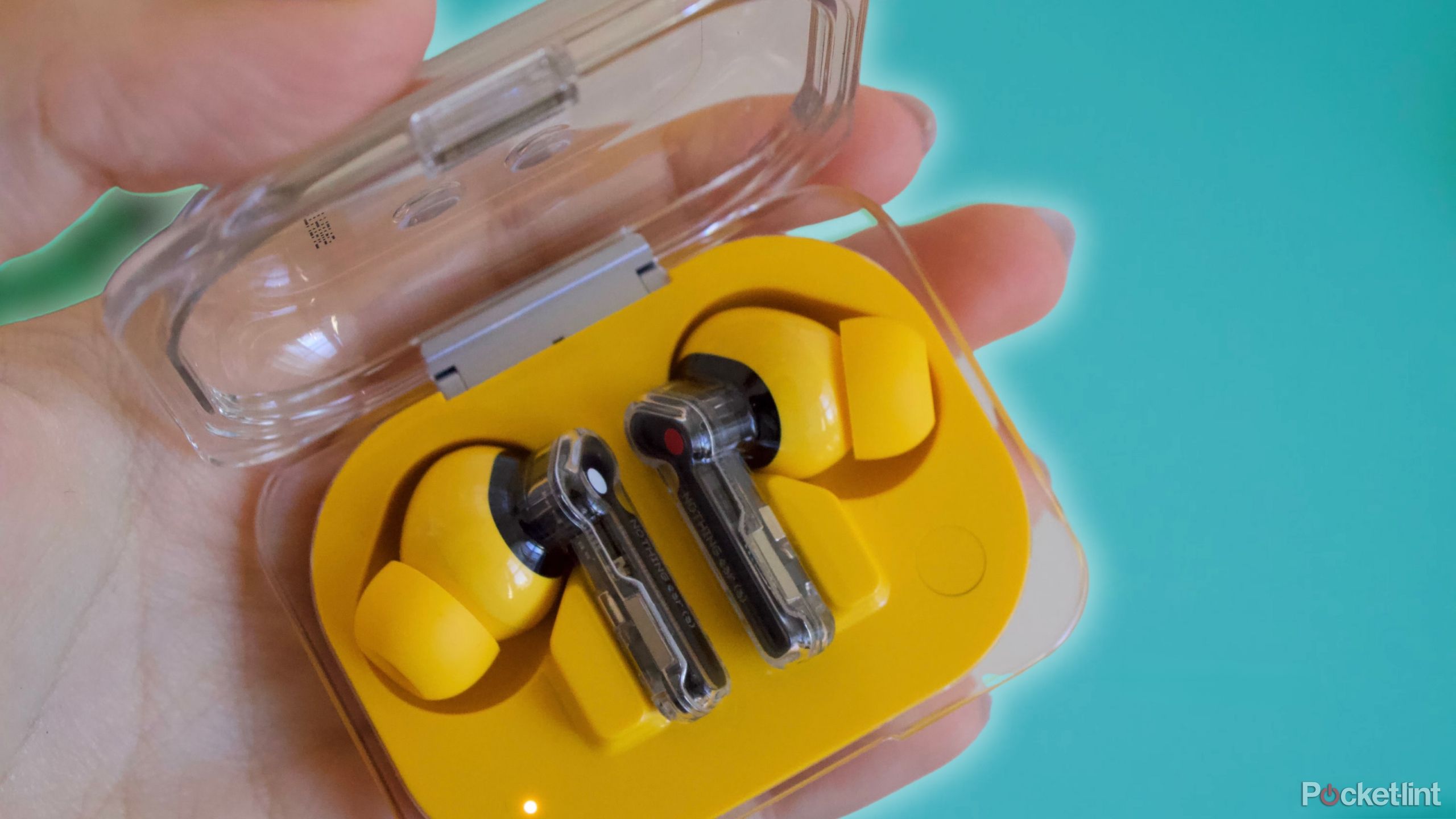
Nothing is in its yellow Ear(a)
And with pro features, great ANC, only $99, the new Ear (a) buds are just so good I have almost nothing more to say.
Display quality and brightness
Possible the biggest detractor
If there is a weak point on the Pixel 8a, it’s the display. It seems, like last year, Google has used a pretty cheap quality display makeup. It has some strong points, like the fact it can reach up to 120Hz refresh rates, and 2000 nits peak brightness for HDR scenes.
Where I noticed weaknesses was when I looked at the display at an angle.
Overall, it is generally quite a good experience, as long as you’re looking at it head on, and ambient light levels aren’t changing around you. Where I noticed weaknesses was when I looked at the display at an angle. The display seems to suffer from a similar rainbow or tinting that the Pixel 7a did last year.
It’s not all that noticeable if the phone’s default dark mode is enabled, but once the light theme is on, or when looking at a mostly white screen, it takes on pink or greenish tints that shift as the angle of the phone is changed. So it’s never completely clean or white.
You’ll get major updates for seven years with this phone, and because it’s a Pixel and made by Google, the updates should land on day one of availability. You can’t say that for any other Android manufacturer.
The software is largely identical to what’s on the flagship Pixel 8 too, with one or two missing features. However, it gets all the important stuff like magic editing in Photos, Audio Eraser, and creative camera modes. Plus, you’ll get major updates for seven years with this phone, and because it’s a Pixel and made by Google, the updates should land on day one of availability. You can’t say that for any other Android manufacturer.
The in-display fingerprint sensor is a bit of a weak point though. It’s slow to respond, and often needs a couple of tris before it registers a successful unlock. However, the haptic motor inside that taps and vibrates when I type on the keyboard is sublime. It’s so good, you rarely get as tight and precise a response from the motor on a phone this cheap. But Google has managed it.
8:38

Google Pixel 7a review: Mid-range might
Google’s updated mid-range phone boosts the quality over the previous iteration – but its biggest competitor might be from Google itself.
Performance and user-experience
For a mid-range phone, it packs a punch
Run it through benchmarks, and the Pixel 8a won’t outperform the so-called ‘proper’ flagships. But the Tensor G3 inside the Pixel has always been designed to offer a smooth and fluid experience; to ensure the Pixel can be a useful, reliable everyday device.
And — it has to be said — it’s much better than the previous versions of the Tensor processor. It’s not as prone to overheating. In my time using it, on the Pixel 8 Pro, Pixel 8 and now this Pixel 8a, it’s generally just been really solid.
It’s not the most responsive and instant-feeling phone I’ve ever used, but at the same time, it doesn’t feel like it’s laggy, or stuttery
You can run pretty much any game you want, although there will be a feeling that something with the Snapdragon 8 Gen 3 inside will do better with the most demanding titles. It’s not the most responsive and instant-feeling phone I’ve ever used, but at the same time, it doesn’t feel like it’s laggy, or stuttery. It does the job really well, and copes well with any task.
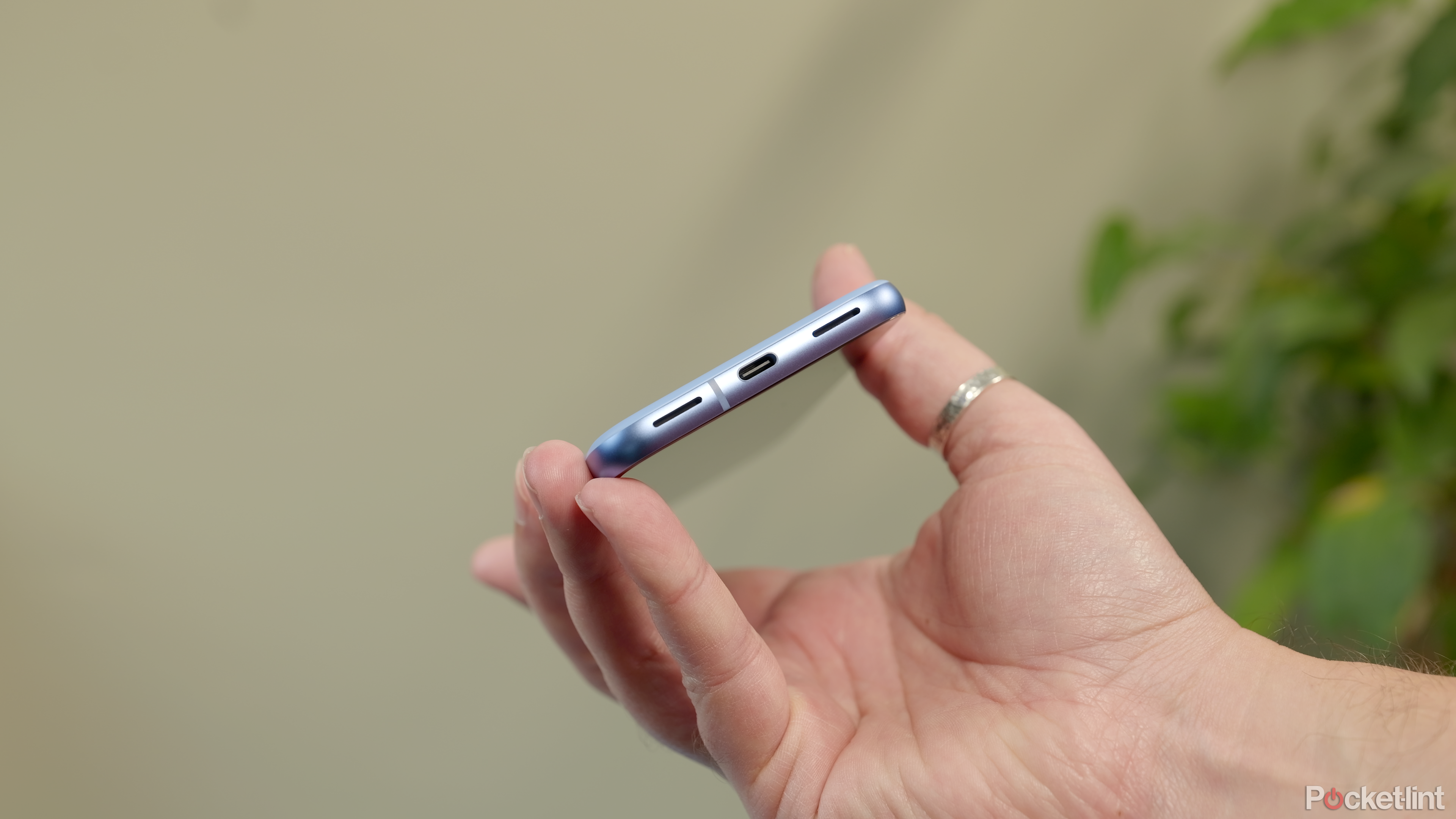
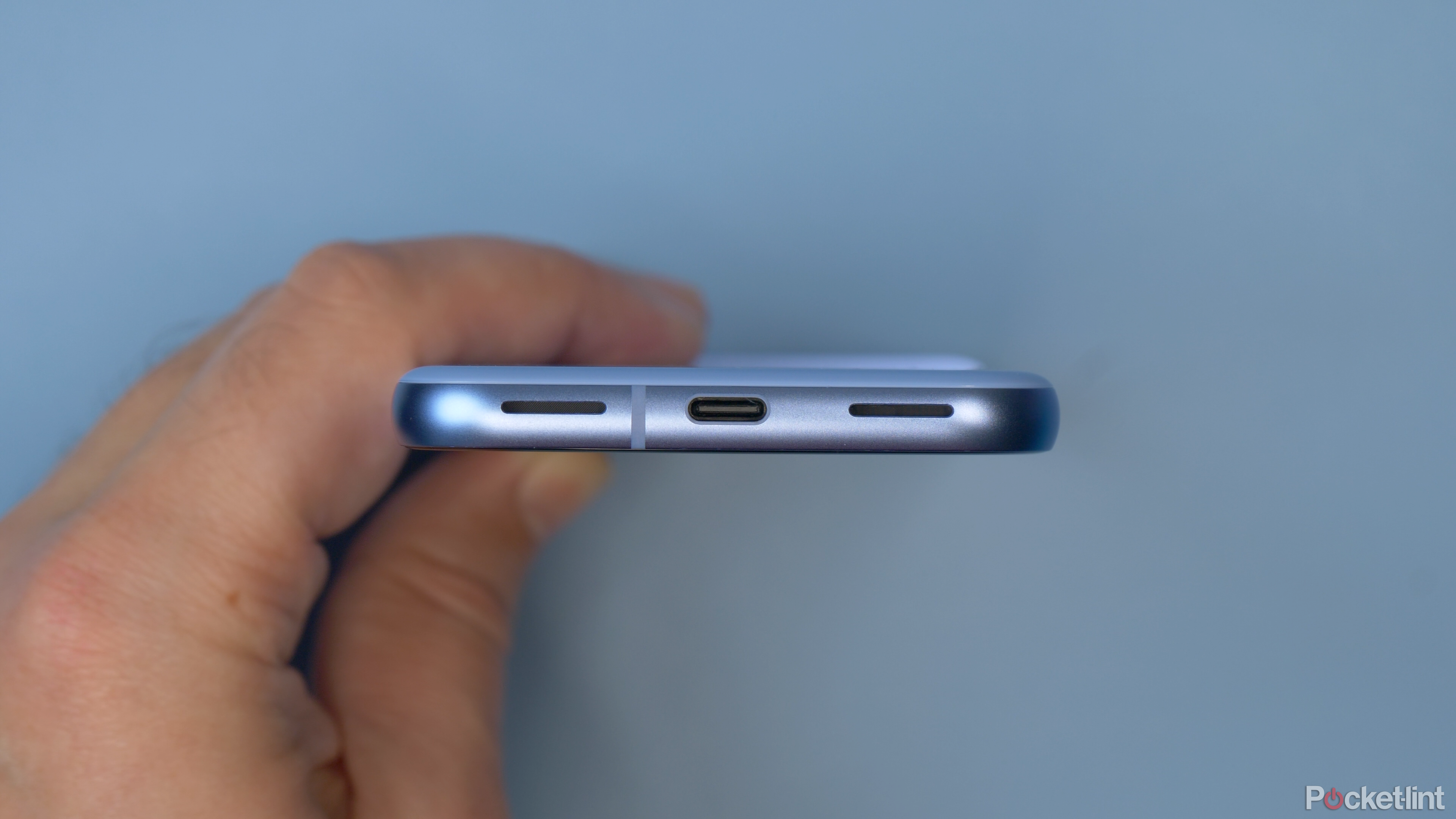
Similarly, the battery can get me through a full day pretty comfortably, and even halfway through a second day. But typically, if I take it off charge in the morning, I’ll need to charge it again around 1:00pm the next day. For most people who work outside their homes, you’ll probably want to charge it every night. And that’s with two-three hours of screen time per day, mixed between gaming, social media, camera use and video watching.
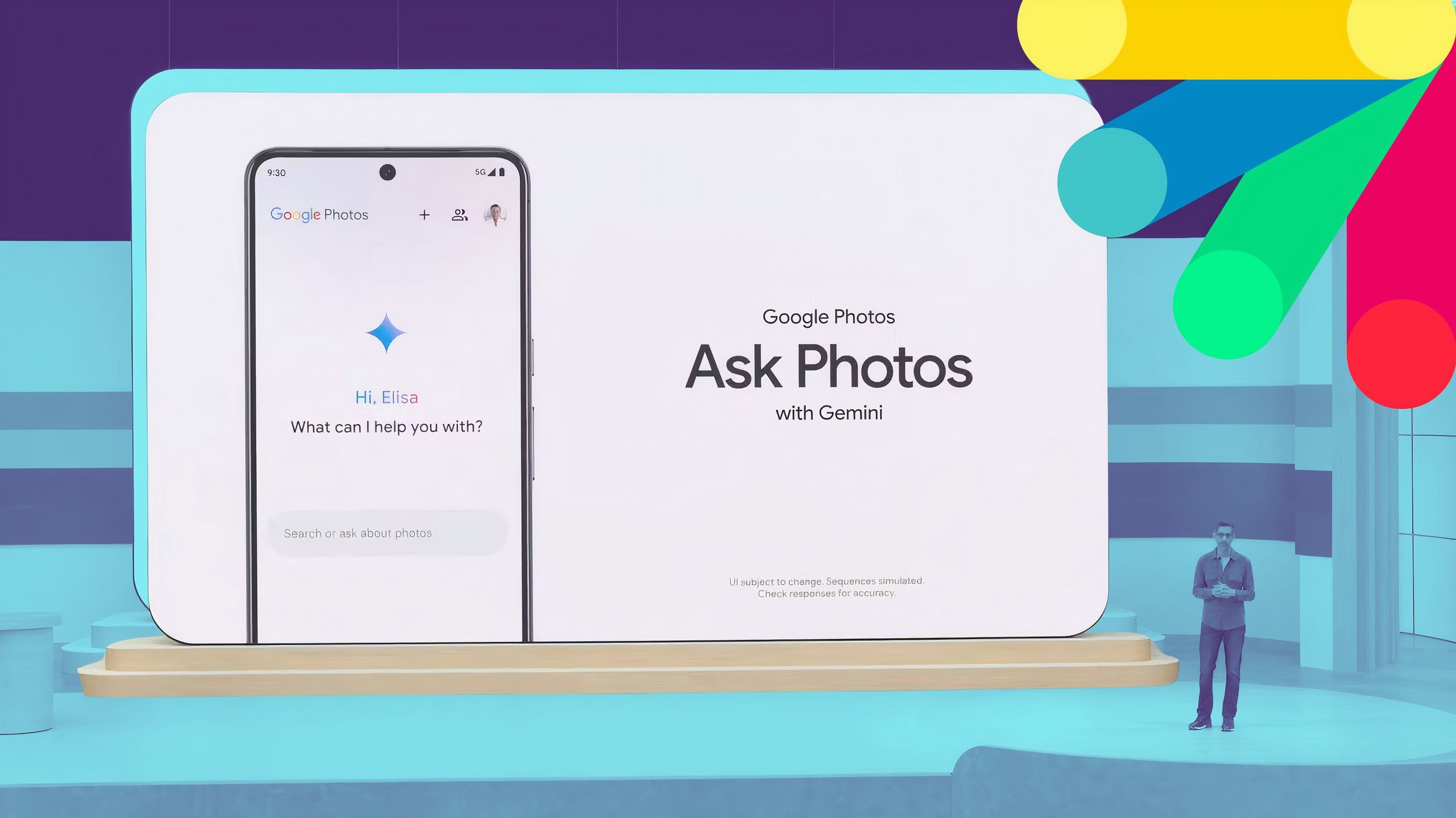
Gemini will make searching your overwhelming Google Photos library suddenly easy
Searching through years of your personal photos might soon be easy as pie.
What about the cameras?
Typical Google, front and rear cameras prioritize software
Google is pretty well known these days for not focusing too much on the actual camera hardware of its phones, and more effort is put into its AI-powered image processing. Part of that is cloud-based, another is down to that Tensor chipset inside. This smart processing has led many to believe that Pixel phones take the best photos, and in this sort of mid-market segment, and despite using the same sensors as the Pixel 7a, I feel the same about the Pixel 8a.
It’s not as good as the more expensive Pixel 8, and if you want to see comparison shots between this and the more expensive model, you can click up here to watch that comparison. But, it’s an accomplished system in bright or lowlight conditions, especially when compared to similarly priced phones.
A lot of what I like about the Pixel camera experience is how easy it is to just point, shoot and get a good shot.
A lot of what I like about the Pixel camera experience is how easy it is to just point, shoot and get a good shot. Tap on something to focus on it, and it’ll track that object and keep it in focus even if you move the camera or switch focal lengths. It’s a really handy feature.
The results are that typical Pixel look. There’s quite a lot of contrast, and dark, shadowed parts of photos are generally quite dark and crushed. Those shadows aren’t elevated in the same way as you might see from a Samsung phone.
And colors, despite being a little oversaturated at times, don’t tend to skew too much into the realm of hyperreal like so many other mid-range phones do.
With that said – and particularly with the primary camera, the Pixel 8a does a great job of toning down highlights to keep the detail and texture of objects even when there’s bright light reflecting off them. And colors, despite being a little oversaturated at times, don’t tend to skew too much into the realm of hyperreal like so many other mid-range phones do.
The ultrawide camera is a little bit of a weak-spot. It often has darker results than the primary, and doesn’t seem capable of focusing very well, particularly with closer subjects in the frame. Still, there are similarly priced phones on the market with much worse ultrawides that produce photos with rough, harsh and out-of-focus shots, and so, by comparison, Pixel’s effort is superb.
It’s among the strongest nighttime cameras on the market in this price range
You can shoot exposures up to six seconds really easily with the Pixel 8a with the Night Mode enabled, completely handheld, and you’ll get bright, colourful and generally in-focus shots.
You could argue the results are a bit too bright at times, but thankfully, there is a little slider that appears on the camera interface in Night mode that you can adjust to reduce the amount of time it’s exposing the sensor to light, and help reduce that daytime appearance. You get lots of important pixel camera features too, like Long Exposure modes for simulating motion shots. And the panning mode, which shoots super smooth video for when you’re panning across a scene.
Video performance is pretty strong too, delivering color-rich, vibrant, smooth shots at 4K 60fps, although it can’t shoot at that high a frame rate and resolution with the ultrawide camera.
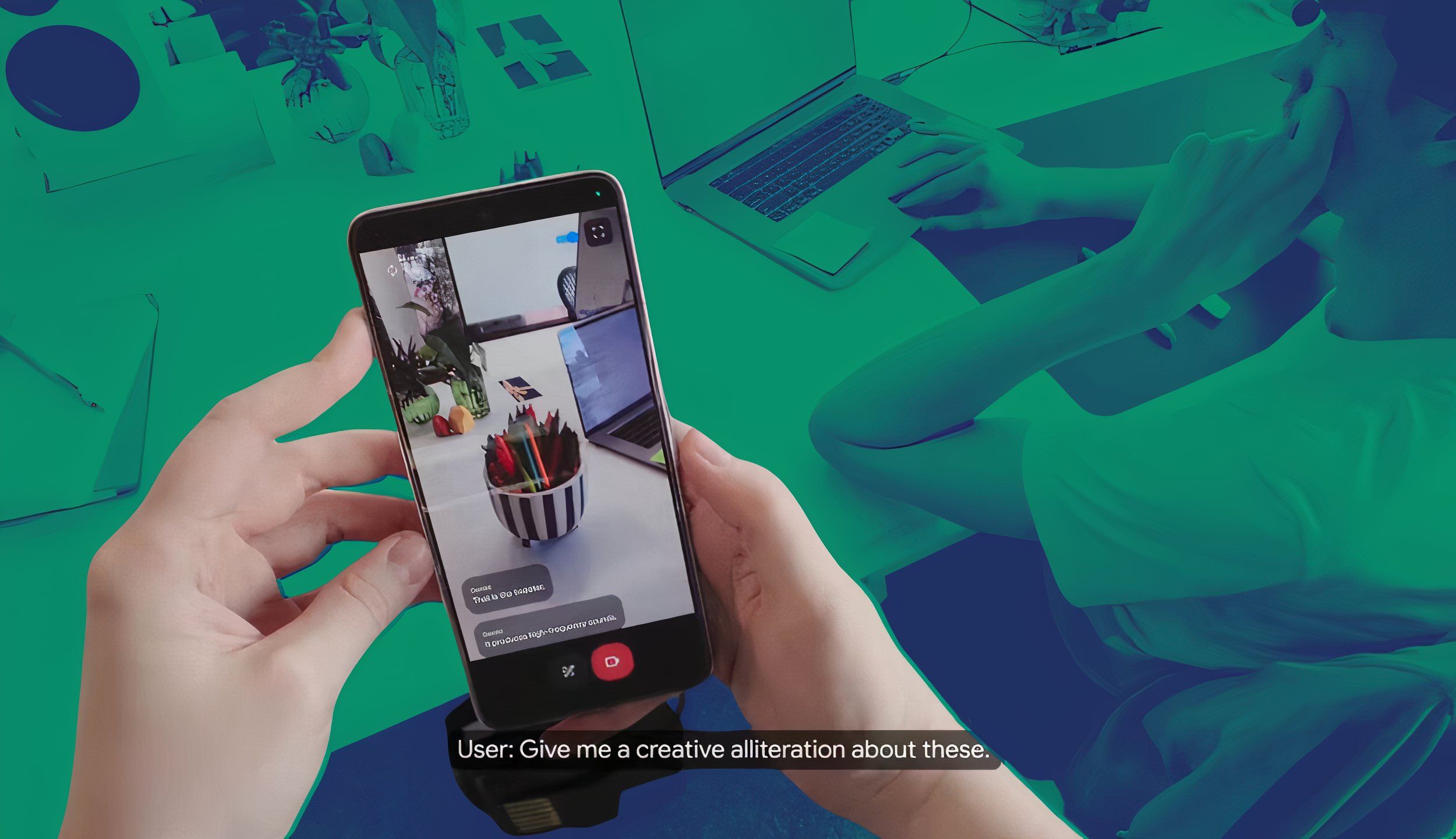
Google’s new Project Astra AI assistant amazed me, but it’s far from finished
Google’s latest digital assistant needs more work before it’s ready for consumer use.
Verdict: Should you buy the Google Pixel 8a?
Where does it fall in the mid-range category?
So, in the end, there are lots of things to love about the Pixel 8a. No, it’s not the absolute top spec phone on the market, or even at this price, but its combination of a great design and build, the long-term software support, useful software features and a strong, reliable camera, make it a great option for anyone not looking to spend more than $500 on a phone.
If you can stretch to more, I’d still advise ponying up the extra $200 for the Pixel 8, but if you don’t want to do that, you’re getting a wonderful experience and a phone which should hopefully last a long time.
1:04
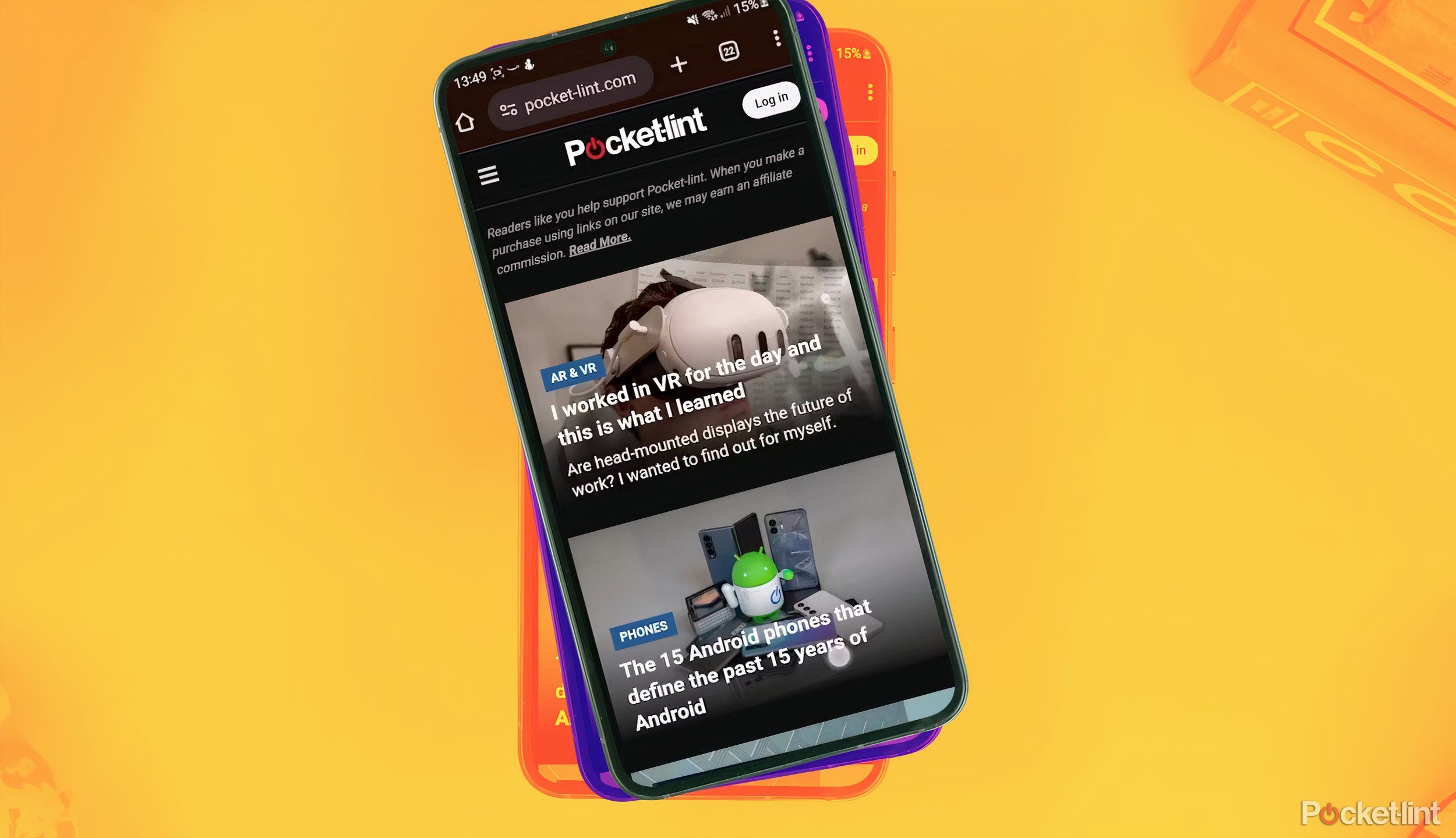
How to force Chrome to show any site in dark mode
Dark mode makes your battery last longer, and it’s easier on the eyes at night. Here’s how to activate it in your Google Chrome browser.
Trending Products

Cooler Master MasterBox Q300L Micro-ATX Tower with Magnetic Design Dust Filter, Transparent Acrylic Side Panel…

ASUS TUF Gaming GT301 ZAKU II Edition ATX mid-Tower Compact case with Tempered Glass Side Panel, Honeycomb Front Panel…

ASUS TUF Gaming GT501 Mid-Tower Computer Case for up to EATX Motherboards with USB 3.0 Front Panel Cases GT501/GRY/WITH…

be quiet! Pure Base 500DX Black, Mid Tower ATX case, ARGB, 3 pre-installed Pure Wings 2, BGW37, tempered glass window

ASUS ROG Strix Helios GX601 White Edition RGB Mid-Tower Computer Case for ATX/EATX Motherboards with tempered glass…


